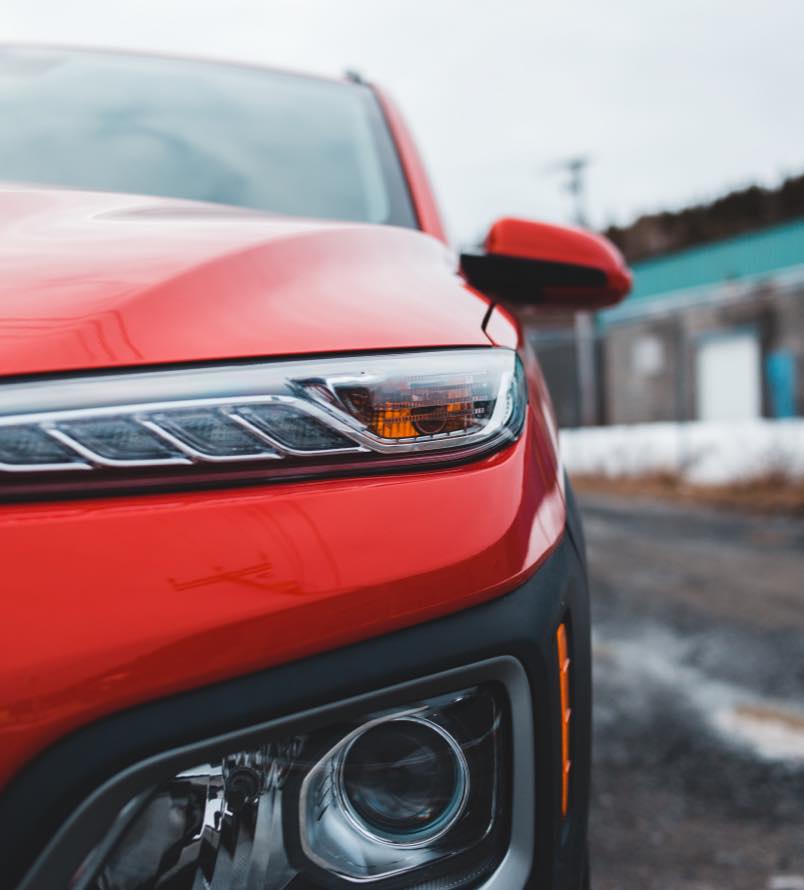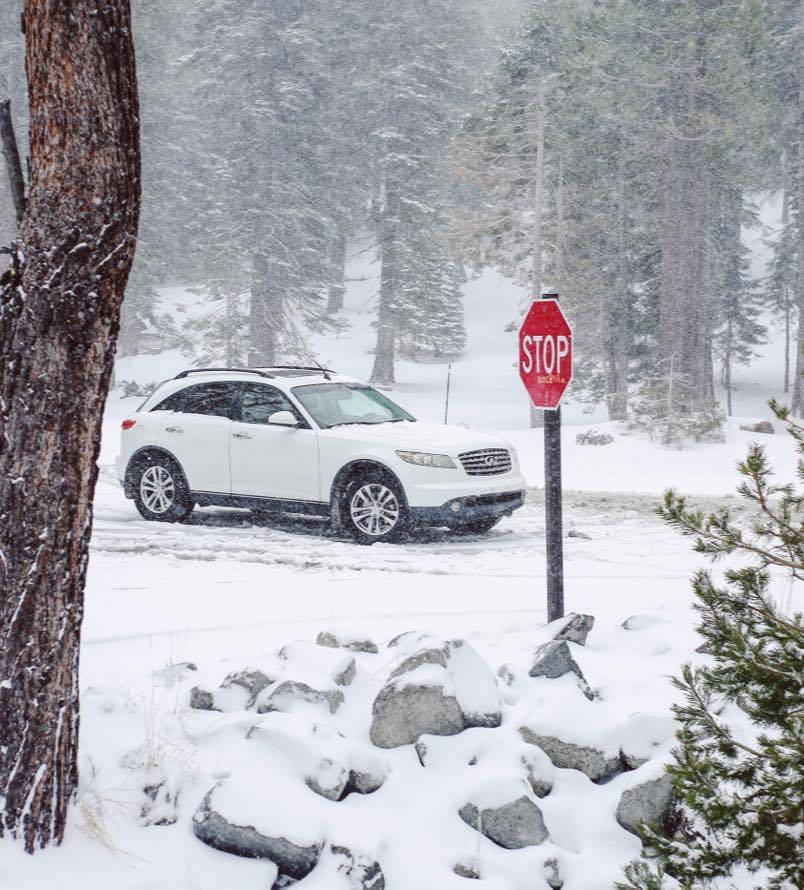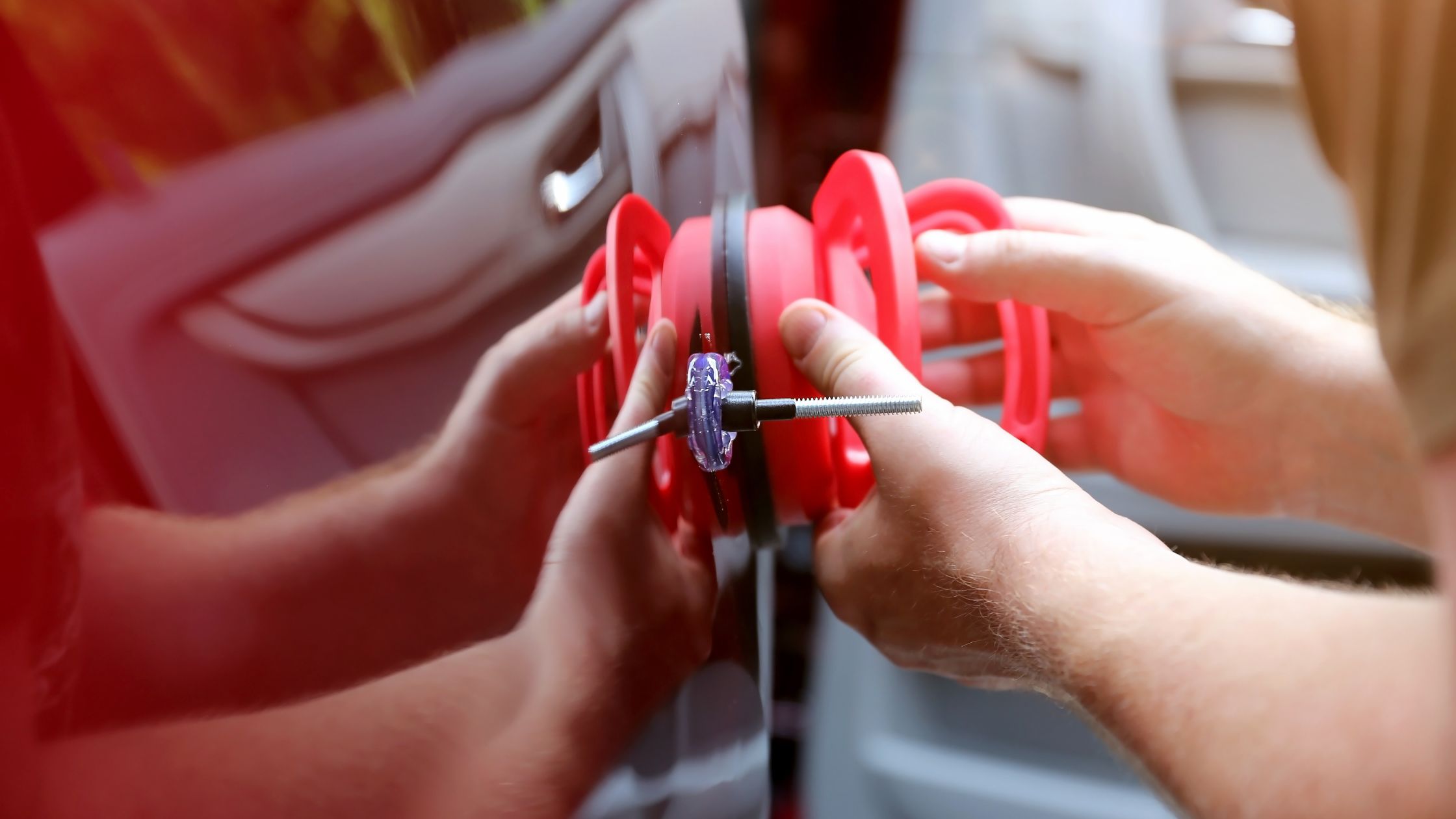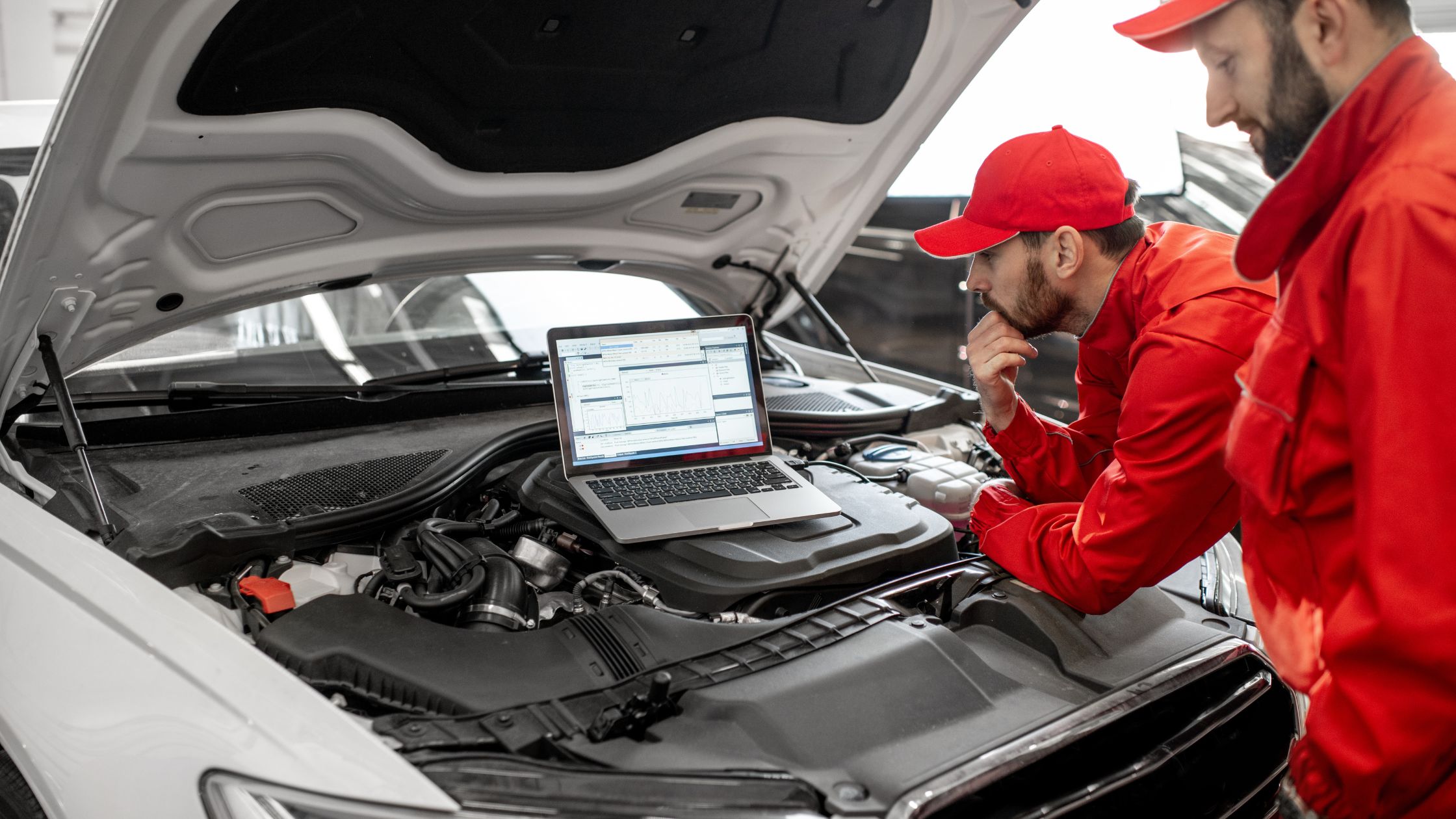Winter driving conditions can pose hazards with factors like snow and ice on the road. Being prepared for winter driving is crucial, and ensuring your car is ready for the challenge is equally important. Follow the recommendations below before the winter season to winterizing your vehicle can handle the conditions. Before facing harsh winter weather, service your vehicle to equip it for the challenges winter presents.
SWITCH TO WINTER TIRES
For areas with extremely cold winter temperatures, it’s advisable to install winter tires during the winterizing your vehicle. In consistently freezing or sub-freezing temperatures, the rubber compounds in non-winter tires harden, reducing their ability to grip the road. Winter tires are designed with special compounds to resist hardening in cold temperatures, providing improved traction on ice, snow, slush, and even dry pavement.
MAINTAIN TIRE PRESSURE
A 10° change in ambient temperature can result in a gain or loss of 1 PSI. Thus, it’s essential to check tire pressure more frequently during winterizing your vehicle and refill them as necessary. The recommended pressure for your tires can be found on the tire placard in the driver’s side door jamb or in your vehicle owner’s manual. Before embarking on an extended winter drive, anticipate temperature changes, as sudden shifts can impact traction and driving ability if you’re unprepared.
INSTALL WINTER WIPERS
Regularly replace your windshield wiper fluid, especially after encountering a snowstorm, as it tends to deplete quickly. Refill the washer reservoir consistently with windshield wiper fluid specifically designed for winter conditions. If uncertain about whether your washer fluid is suitable for low temperatures, consider adding a bottle of washer fluid antifreeze to the reservoir. These are commonly available at most auto parts stores.
“I’ve been going to these guys for a while now since they are close to me. They are friendly and honest. I know nothing about cars but they’ll take the time to explain things to me in a non condescending way.
John Doe Tweet
Considering this, idling your car burns more fuel with little to no advantage. Your car’s engine is designed to operate efficiently in cold temperatures without stalling. The only justification for idling your car is to warm up the cabin and defrost the windshield, a process that typically takes about 3 minutes.
Idling your vehicle for 10 to 15 minutes before starting your journey contributes to increased pollution. With a significant amount of fuel exiting the engine either unburned or partially burned, your car releases a substantial quantity of toxic fumes.


ASSEMBLE A WINTER SAFETY KIT
Before embarking on a journey, ensure you have essential tools and supplies stored in your car for potential emergencies. Refer to the infographic below to determine what to include in your kit before venturing into snowy conditions. Maintain a consistently filled gas tank. This practice is more crucial in winter than in summer for several reasons. A full tank helps reduce condensation, preventing gas line freeze-ups. Additionally, if you ever find yourself stranded, a full tank may be the only source of warmth for your engine until assistance arrives.
WHEN TO CONSIDER REPAIRS?
The mechanical components of the alternator are sealed, but stagnant water can lead to damage as the lubrication wears away. Repeated exposure to water may harm the brushes through electrical arcing, resulting in wear. Early detection is crucial. While driving, monitor your dashboard signals. If the ignition is on, a battery light will illuminate on your car dashboard, indicating the need for prompt attention. Similarly, malfunctioning plates in the car could be the cause of battery failure.



